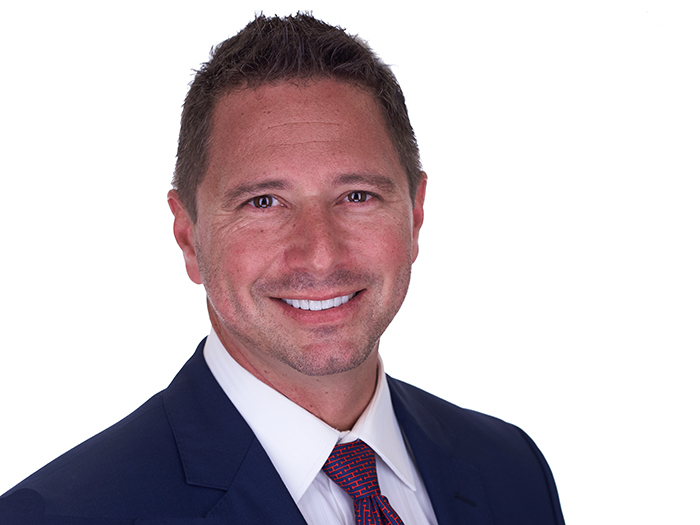America’s Deplorable Infrastructure, a Complex CAT Property Market and How Insurance Is Responding
The tragic collapse of Miami’s Champlain Towers South Condominium Tower represents an event of horrendous loss of life and immeasurable human consequences.
Built in 1981, the 12-story residential condominium complex consisted of 136 living units that collapsed as the result of yet to be determined conditions, although early reports indicate past engineering concerns related to structural integrity.
The impacts to an already pressured Florida insurance market will be significant and certain to result in significant near-term disruption and longer-term systemic change.
Miami-Dade and Broward counties have long required aging high rises to maintain ongoing structural inspections at regular intervals; other counties are likely to follow, with buildings that fail to make required improvements risking loss of occupancy permits.
Looking at Past and Similar Occurrences
Those who have studied the impacts of the 1994 Northridge Earthquake will recall that condominium associations struggled mightily to navigate the process of managing, prioritizing and financing essential building repairs.
The country’s aging building stock and infrastructure creates increasing vulnerabilities that necessitate ongoing engineering to evaluate a variety of hazards, particularly when catastrophic failures, such as structural collapse, are possible.
In recent years, San Francisco and Los Angeles have begun to mandate that owners of certain types of seismically-prone buildings undertake structural evaluations and make the necessary seismic improvements.
Similarly, following the 1989 Loma Prieta earthquake, California’s Department of Transportation initiated a program to evaluate 12,000 state highway bridges and overpasses.
In the 30 years following that event, seismic retrofitting of over 1,200 vulnerable bridge structures has been complete.
The Insurance Perspective
The insurance industry has already begun to consider the long-term impacts of the Champlain Towers collapse and many participants are preparing for a tsunami of litigation as claims from the event are likely to trigger a range of claims for property, general liability, excess liability, directors and liability, errors and omissions, homeowners and renters’ policies.
Contractors working on the building, architects and engineers, even those working on adjacent properties could be brought into the ensuing circle of litigation.
Condominium associations and their governing boards are likely to face increased levels of scrutiny, and the costs associated with insuring those entities is likely to soar in the near term.
Carriers providing coverage in the Florida market are quickly pivoting towards new underwriting protocols, including requests to review engineering inspections as well, and to understand action plans to remedy any issues concerning structural integrity.
Increasingly, there are concerns among underwriters that the issues in Florida extend beyond high rise condominiums as some believe delayed repairs following Hurricane Irma may have wide-scale implications to building resiliency and structural integrity on a broad basis.
Another issue likely to be top of mind for insurers will be code enforcement.
The Insurance Institute for Business and Home Security provides building code effectiveness ratings for hurricane-prone states, but insurers will be certain to turn a keen eye toward jurisdictional enforcement.
With over $9 trillion of aggregate property values along the Gulf Coast, more careful scrutiny of post-disaster evaluations and jurisdictional best practices will certainly become a legislative focus.
A recent FEMA analysis advocates for the passage of Good Samaritan Laws to protect design professionals who volunteer as post loss evaluators and laws to authorize the structural integrity of buildings, deputize evaluators, restrict occupancy and demolish buildings.
What is certain is that the process of obtaining appropriate and affordable coverage for older condominium buildings in and around the Gulf Coast will become increasingly challenging.
Condominium associations, particularly those representing older buildings, should be in early dialogue with their insurance brokers in order to develop action plans relative to engineering recommendations and planned remediation steps. &










